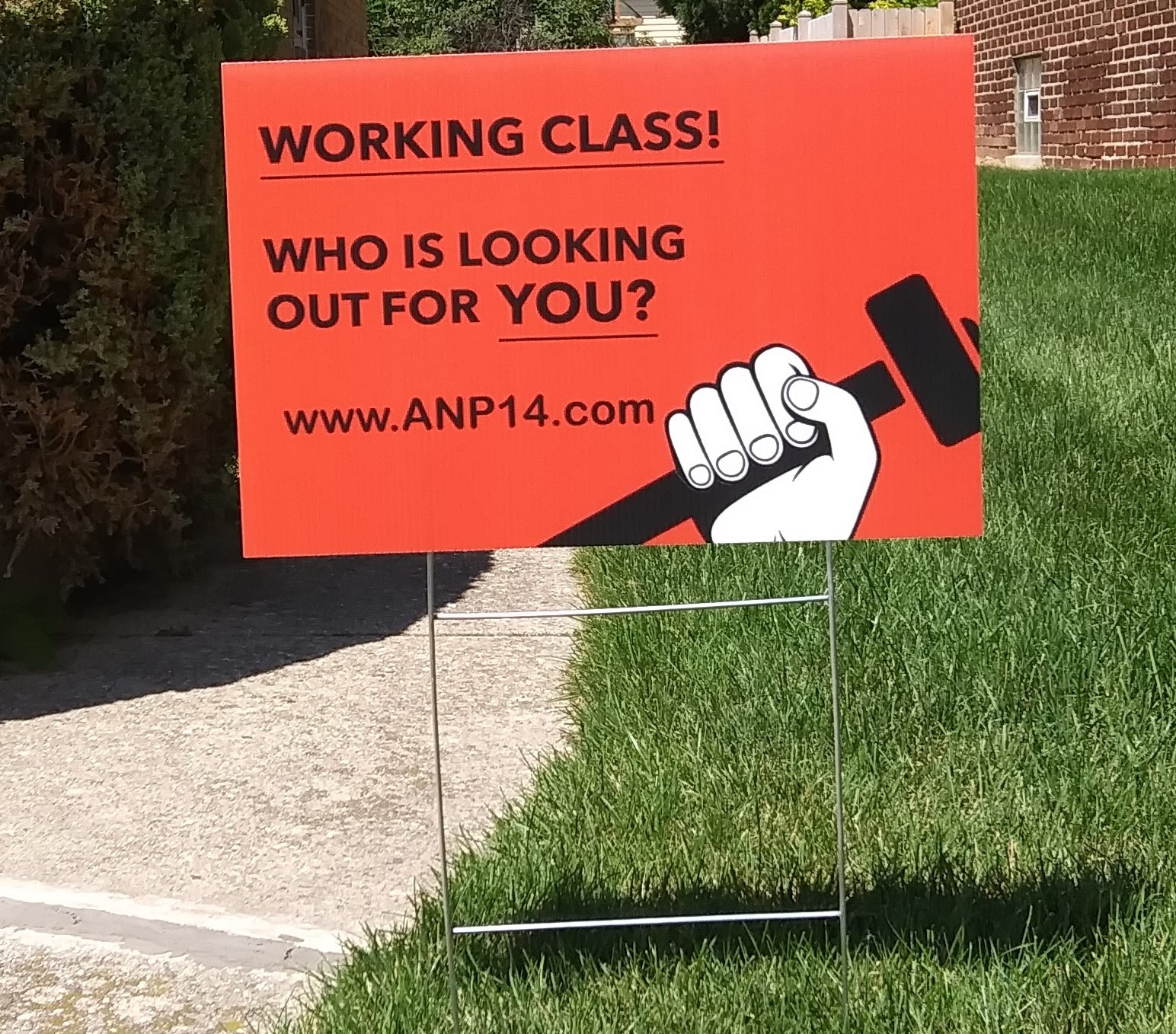Tomorrow is Labor Day. Here in New England, that often means one last trip to the beach or lake before it starts cooling off in two or three weeks. But how many of you actually know how Labor Day came to be?
The Origins of Labor Day
Beginning in the late 19th century, as the trade union and labor movements grew, diverse groups of trade unionists chose a variety of days on which to celebrate labor. In the United States, a September holiday called Labor Day was first proposed in the early 1880s.
Alternative accounts of the event’s origin exist. Descendants of two men with similar last names claim their great-grandfather was the true father of the holiday.
According to one early history of Labor Day, the event originated in connection with a General Assembly of the Knights of Labor convened in New York City in September 1882. In connection with this clandestine Knights assembly, a public parade of various labor organizations was held on September 5 under the auspices of the Central Labor Union (CLU) of New York. Secretary of the CLU Matthew Maguire is credited for first proposing that a national Labor Day holiday subsequently be held on the first Monday of each September in the aftermath of this successful public demonstration.
An alternative theory maintains that the idea of Labor Day was the brainchild of Peter J. McGuire, a vice president of the American Federation of Labor, who, after a visit to Toronto where he saw parades celebrating labor that May, had put forward the initial proposal in the spring of 1882. According to McGuire, on May 8, 1882, he made a proposition to the fledgling Central Labor Union in New York City that a day be set aside for a “general holiday for the laboring classes”. According to McGuire he further recommended that the event should begin with a street parade as a public demonstration of organized labor’s solidarity and strength, with the march followed by a picnic, to which participating local unions could sell tickets as a fundraiser. According to McGuire he suggested the first Monday in September as an ideal date for such a public celebration, owing to optimum weather and the date’s place on the calendar, sitting midway between the Fourth of July and Thanksgiving public holidays.
Labor Day picnics and other public gatherings frequently featured speeches by prominent labor leaders.
In 1909, the American Federation of Labor convention designated the Sunday preceding Labor Day as “Labor Sunday”, to be dedicated to the spiritual and educational aspects of the labor movement. This secondary date failed to gain significant traction in popular culture, although some churches continue to acknowledge it.
Legal Recognition
The popularity of the event spread across the country. In 1887, Oregon became the first state of the United States to make Labor Day an official public holiday. By 1894, thirty U.S. states were already officially celebrating Labor Day. In that year, Congress passed a bill recognizing the first Monday of September as Labor Day and making it an official federal holiday. President Grover Cleveland signed the bill into law on June 28. The federal law, however, only made it a holiday for federal workers. As late as the 1930s, unions were encouraging workers to strike to make sure they got the day off. All U.S. states, the District of Columbia, and the United States territories have subsequently made Labor Day a statutory holiday. Labor Day became a federal holiday shortly after the Pullman Strike.
Labor Day Versus May Day
The date of May 1 (an ancient European folk holiday known as May Day) emerged in 1886 as an alternative holiday for the celebration of labor, later becoming known as International Workers’ Day. The date had its origins at the 1885 convention of the American Federation of Labor, which passed a resolution calling for adoption of the eight-hour day effective May 1, 1886. While negotiation was envisioned for achievement of the shortened work day, use of the strike to enforce this demand was recognized, with May 1 advocated as a date for coordinated strike action. The proximity of the date to the bloody Haymarket affair of May 4, 1886, further accentuated May First’s radical reputation.
There was disagreement among labor unions at this time about when a holiday celebrating workers should be, with some advocating for continued emphasis of the September march-and-picnic date while others sought the designation of the more politically charged date of May 1. Conservative Democratic President Grover Cleveland was one of those concerned that a labor holiday on May 1 would tend to become a commemoration of the Haymarket affair and would strengthen socialist and anarchist movements that backed the May 1 commemoration around the globe. In 1887, he publicly supported the September Labor Day holiday as a less inflammatory alternative, formally adopting the date as a United States federal holiday through a law that he signed in 1894.
Since the mid-1950s, the United States has celebrated Loyalty Day and Law Day on May 1. Unlike Labor Day, neither are legal public holidays (in that government agencies and most businesses do not shut down to celebrate them) and therefore have remained relatively obscure. Loyalty Day is formally celebrated in a few cities, while some bar associations hold Law Day events to celebrate the rule of law.
BTW, it’s a holiday tomorrow in Canada as well, except they call it Labour Day instead of Labor Day. I guess they still think they are part British. Oh well, to each his own.
Anyway, stay safe and hail victory!
Dan Schneider
Deputy Chairman
American Nazi Party
